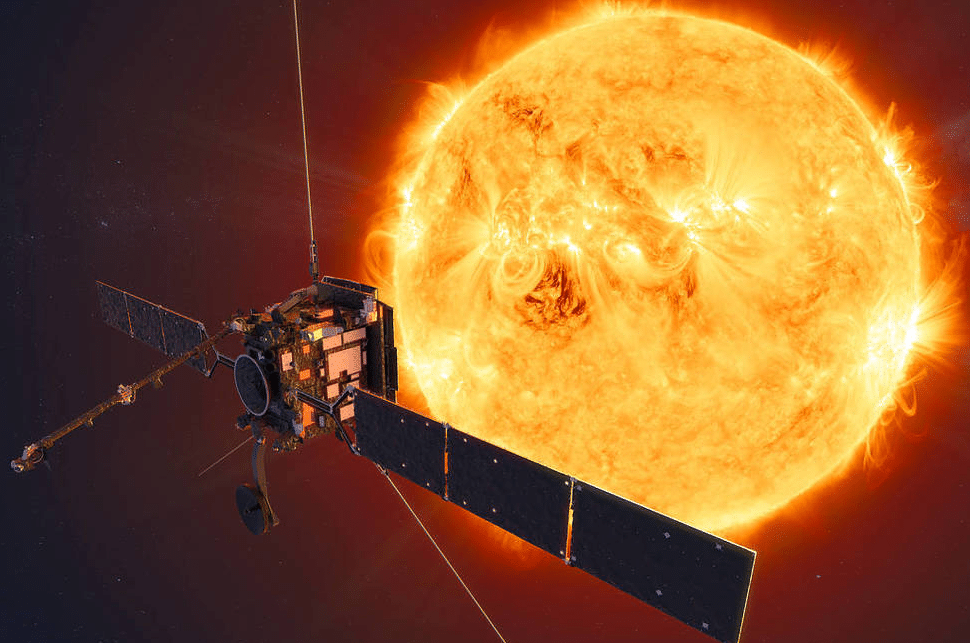McDonalds opens its first zero emissions restaurant in the U.S. with technology from Spain’s Onyx Solar: The building located at Walt Disney World Resort in Orlando, Florida, has reopened its doors after nine months of reconstruction. McDonalds wanted a restaurant with 100% green energy and zero CO2 emissions to the atmosphere. To achieve this, they used 55.8 kW of Onyx Solar photovoltaic glass, with which they have covered the entire structure in combination with vertical gardens to absorb the CO2 already present in the atmosphere. Source: Onyx Solar
Gainesville Regional Utilities (GRU) and Origis Energy announced a PPA for FL Solar 6, a new 50 MW solar project coupled with 12 MW of energy storage. The project is the first utility-scale solar and storage project in the GRU service territory, moving the municipality closer to the 100% renewable energy resources by 2045 goal. FL Solar 6 is slated for completion by late 2022. Source: Origis Energy
The European Space Agency and NASA have unveiled the closest images of the Sun ever taken by a spacecraft: The first images from ESA/NASA’s Solar Orbiter are now available to the public, including the closest pictures ever taken of the Sun. The spacecraft completed its first close pass of the Sun in mid-June. “These unprecedented pictures of the Sun are the closest we have ever obtained,” said Holly Gilbert, NASA project scientist for the mission at NASA’s Goddard Space Flight Center in Greenbelt, Maryland. “These amazing images will help scientists piece together the Sun’s atmospheric layers, which is important for understanding how it drives space weather near the Earth and throughout the solar system. We didn’t expect such great results so early,” said Daniel Müller, ESA’s Solar Orbiter project scientist. Source: NASA
KAUST’s Professor Peng Wang developed a hydro gel solution designed to help solar cells absorb and store water from the air in order to cool themselves down – or “sweat” – as the humidity rises. The hydro gel draws water from the air, usually in the evening and at night when the air humidity is at its highest. The water vapor then liquefies in the gel and is stored in the material. When the temperatures rises again during the day, the gel warms up and the water evaporates again, gradually. Source: Kaust
This content is protected by copyright and may not be reused. If you want to cooperate with us and would like to reuse some of our content, please contact: editors@pv-magazine.com.








By submitting this form you agree to pv magazine using your data for the purposes of publishing your comment.
Your personal data will only be disclosed or otherwise transmitted to third parties for the purposes of spam filtering or if this is necessary for technical maintenance of the website. Any other transfer to third parties will not take place unless this is justified on the basis of applicable data protection regulations or if pv magazine is legally obliged to do so.
You may revoke this consent at any time with effect for the future, in which case your personal data will be deleted immediately. Otherwise, your data will be deleted if pv magazine has processed your request or the purpose of data storage is fulfilled.
Further information on data privacy can be found in our Data Protection Policy.